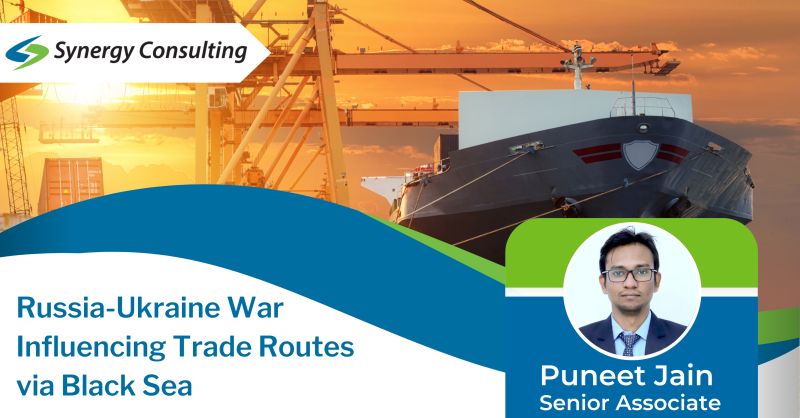The famous voyages of Christopher Columbus, as early as 1492, were inventive attempts to find a Western ocean route to China, India, and the fabled gold and spice islands of Asia.
Demand for large industries is increasing in the various central Asian countries to stimulate economic growth specific to construction and heavy industries such as cement and cars. These Central Asian countries include Uzbekistan, Turkmenistan, Tajikistan, Kazakhstan, and Kyrgyzstan.
Uzbek trade routes, originally built to service the needs of Russia, which redirected trade flows north, were ideally positioned at the crossroads of all routes linking Eurasian heartland’s core with the Indo-Pacific rimland. Uzbekistan, a doubly landlocked country, and other landlocked countries in the region rely predominately on Black Sea route to receive oversized and heavy cargo from their international trade partners, particularly from European countries.
The Russia-Ukraine War, however, has resulted in blockages and prolonged logistics suspensions in various Black Sea ports.
The increased war risks and international sanctions resulted in the insurance markets losing appetite to insure voyages and cargo via Black Sea route. This caused the largest shipping consignment companies to restrict or suspend exports via the Black Sea to the Commonwealth of Independent States (CIS), which includes Russia and Uzbekistan.
To boost the Central Asian economies, there is a need to identify and open legal and efficient trade routes with a large number of ports that provide access. An active inland waterway linking the Black Sea, Caspian Sea, Baltic Sea, and Sea of Azov with the world’s oceans was realized with the opening of the Volga-Don Canal in 1952.
The latter route has emerged as a viable alternative to the original Black Sea route despite being far longer, time-consuming, and, consequently, costlier.
Several local shipping players are active on the route and, together with other international Western logistics companies, make the route feasible by utilizing transshipment hubs in the region. However, the challenges concerning insurance still persist and are more severe on this route due to the sanctions.
Innovative and novel solutions, which include host governments with other public and private entities working together to share the risks, have emerged in recent times.
The situation remains fluid in the region, therefore necessitating continuous evolution in the potential solutions. Such ideas are very customized and specifically designed to cater to the requirements of particular projects.
